Data from the Ministry of Agriculture shows recent cases of ASF in East Nusa Tenggara, Lampung, West Kalimantan, Papua, and North Sumatera.
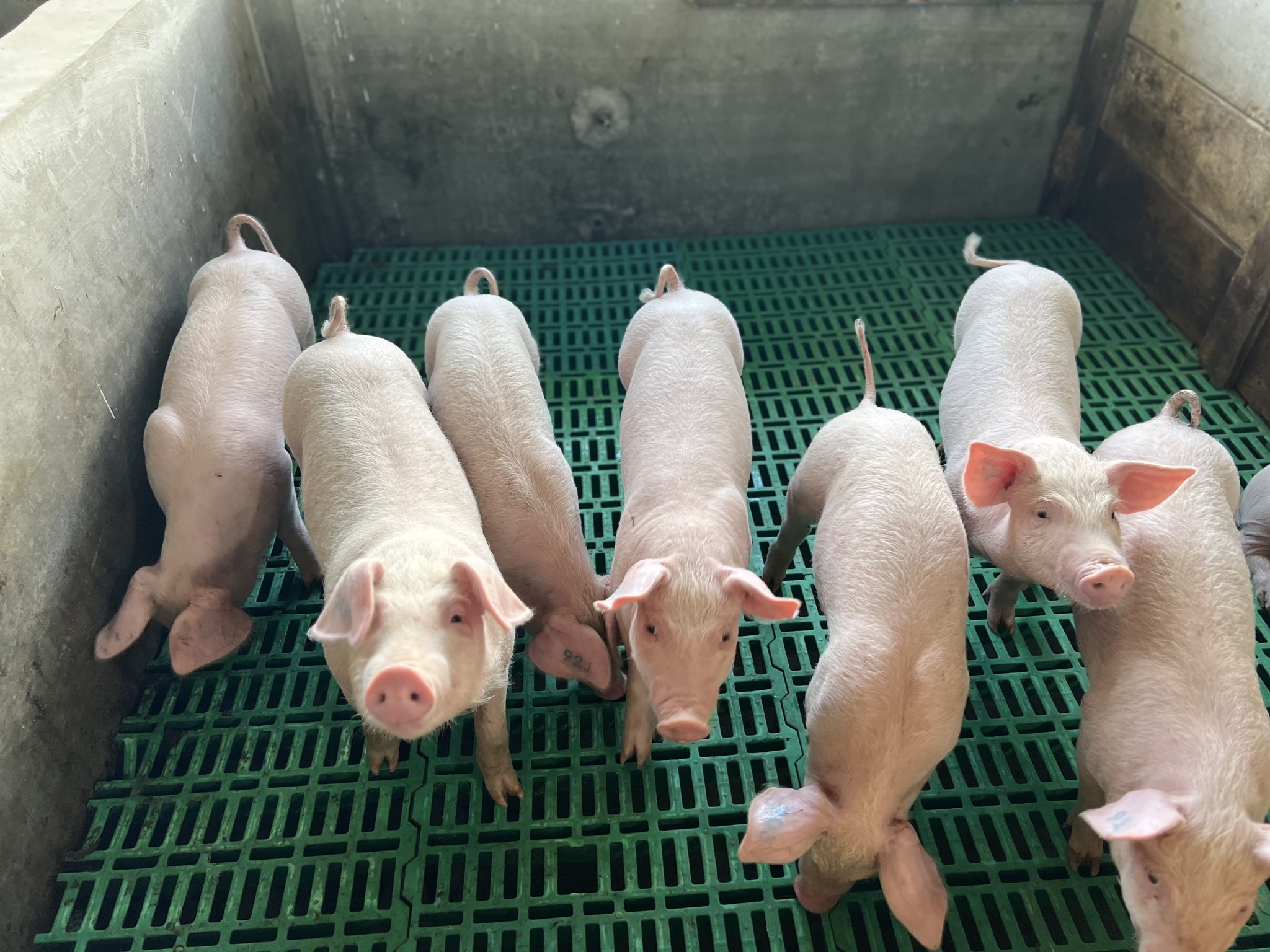
Pig farmers in Indonesia are advised to improve biosecurity measures of their farms following recent cases of African swine fever (ASF) reported in East Nusa Tenggara, Lampung, West Kalimantan, Papua, and North Sumatera.
Agung Suganda, Director General of Livestock and Animal Health at the Ministry of Agriculture, said they have encouraged local governments, animal health officers, and pig farmers to increase vigilance.
“Strict biosecurity is key for prevention, and any suspicious cases must be immediately reported through iSIKHNAS (the National Animal Health Information System) for fast action,” Dr Suganda added.
Disciplined data reporting through iSIKHNAS for effective control measures is crucial, according to Hendra Wibawa, Director of Animal Health at the Ministry of Agriculture.
Therefore, Dr Wibawa said, the Ministry of Agriculture has called for strengthened coordination and faster field responses.
Preparedness and vigilance against ASF
ASF poses a serious threat to pig populations with mortality rate of up to 100%. Although the virus is not infectious to human, its economic impact to the pig industry is huge. Early detection, rapid reporting, and cooperation among all stakeholders are essential.
The Directorate General of Livestock and Animal Health issued Circular Letter number 8492 dated August 19, 2025, regarding preparedness and vigilance against ASF in the Asia Pacific, following reports of rising cases in China, Vietnam, Cambodia, and Malaysia.
The circular calls on provincial and city/district livestock offices, veterinary authorities, and professional organizations to prepare risk mitigation plans, profile farmers and traders, and map livestock distribution routes for early detection.
Measures include stricter pig health monitoring, reporting symptoms to iSIKHNAS, risk-based surveillance, and prompt investigation and sample collection for lab testing if cases arise.
Farm-level biosecurity must include regular disinfection, restricted movement, and hygiene protocols. Transport of pigs and products from infected areas is banned, and all transported pigs must have valid health certificates.
Biosecurity as a prevention measure
Since ASF virus spreads through direct contacts with infected pigs, contaminated equipment, and feed exposed with the virus, prevention is the first and most important guard, stressed Dr Wibawa.
“Biosecurity is a prevention measure to prevent the entrance of diseases to the farm and its spread in the farm. Bio-exclusion is preventing the disease agents to enter, while bio-containment is preventing their spread,” he explained.
Biosecurity measures should include:
Discipline and consistency
Sharing how they maintain biosecurity at their pig farm, Yude Maulana Yusuf, who heads the livestock research agency in Siborongborong, North Sumatera, said biosecurity implementation needs discipline and consistency.
“We adopt an all-in-all-out system in our pig farm. We also limit access of people and vehicles into the farm. Operators and people allowed to enter the farm must take shower and change their clothes,” he revealed.
Dr Yude believes that if all biosecurity measures are implemented and performed in a discipline manner, the spread of ASF can be controlled.
Subscribe now to the technical pig magazine
AUTHORS
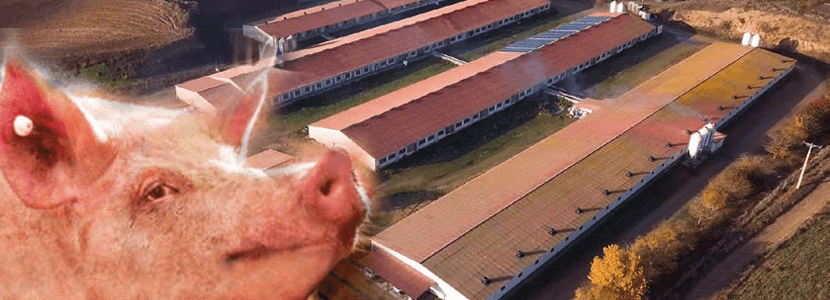
Bifet Gracia Farm & Nedap – Automated feeding in swine nurseries

The importance of Water on pig farms
Fernando Laguna Arán
Microbiota & Intestinal Barrier Integrity – Keys to Piglet Health
Alberto Morillo Alujas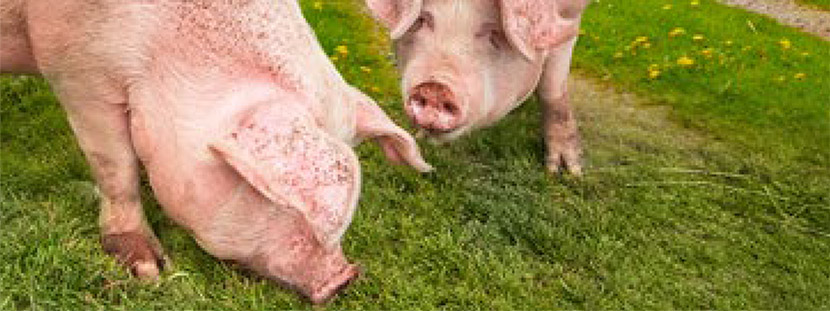
Impact of Reducing Antibiotic use, the Dutch experience
Ron Bergevoet
The keys to successful Lactation in hyperprolific sows
Mercedes Sebastián Lafuente
Addressing the challenge of Management in Transition
Víctor Fernández Segundo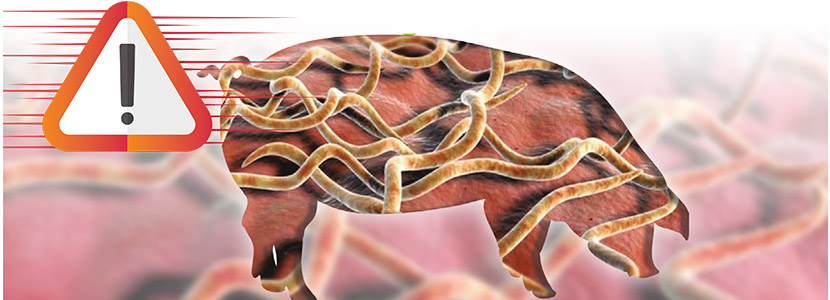
Dealing with the rise of Swine Dysentery
Roberto M. C. Guedes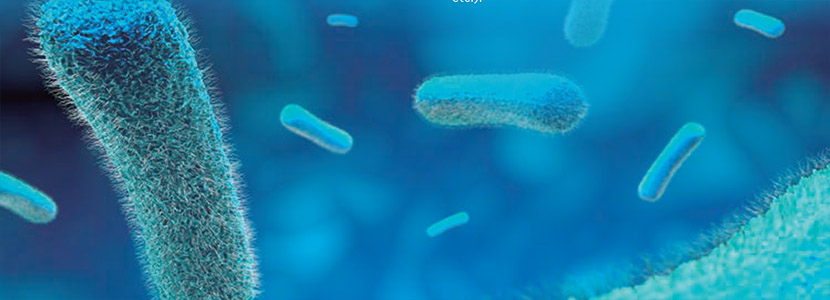
Actinobacillus pleuropneumoniae – What are we dealing with?
Marcelo Gottschalk
The new era of Animal Welfare in Pig Production – Are we ready?
Antonio Velarde
Gut health in piglets – What can we do to measure and improve it?
Alberto Morillo Alujas
Interview with Cristina Massot – Animal Health in Europe after April 2021
Cristina Massot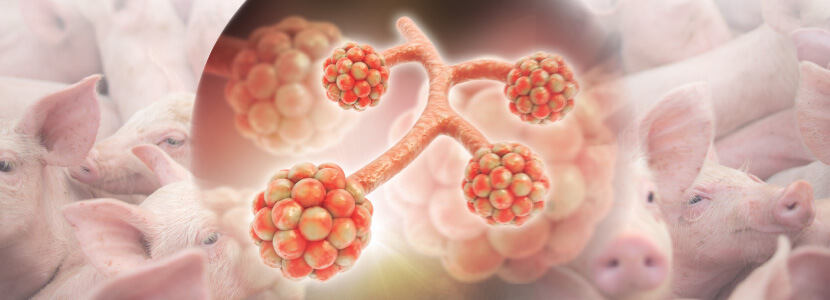
Differential diagnosis of respiratory processes in pigs
Desirée Martín Jurado Gema Chacón Pérez